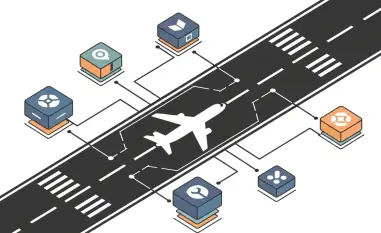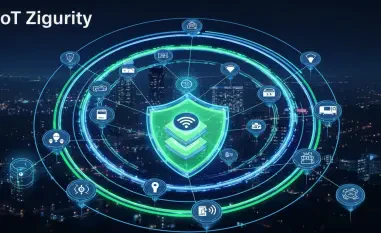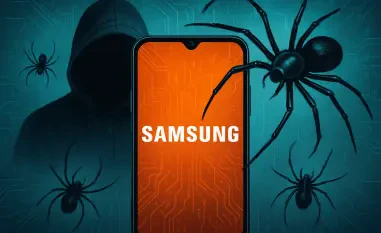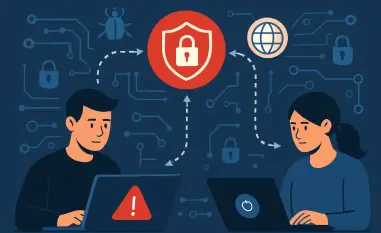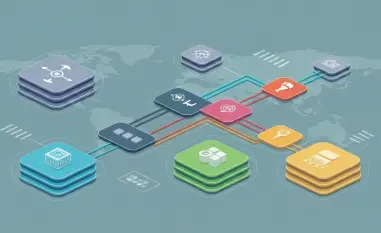Overview of Cyber-Fraud in Federal Contracts
Imagine a scenario where a single cybersecurity lapse in a federal contract exposes critical government data to malicious actors, jeopardizing national security and costing millions in damages. This growing threat of cyber-fraud within federal contracts has become a pressing concern, as digital vulnerabilities continue to multiply in an era of sophisticated cyberattacks. Federal contractors, tasked with handling sensitive information, face unprecedented risks from hackers seeking to exploit weaknesses in systems that protect everything from defense secrets to personal data.
The significance of cybersecurity in this domain cannot be overstated, as it serves as the first line of defense against breaches that could compromise government operations. With cyber threats evolving at an alarming rate, incidents of fraud, data theft, and system manipulation are on the rise, targeting contractors who may lack robust safeguards. Key stakeholders, including federal contractors, government agencies like the Department of Justice (DOJ), and regulatory bodies, are increasingly focused on mitigating these dangers through policy and enforcement.
Technology plays a dual role in this landscape, acting both as an enabler of cyber-fraud through advanced hacking tools and as a critical ally in combating it via innovative security solutions. Laws such as the False Claims Act (FCA) provide a legal framework to hold entities accountable for failing to secure contracts adequately. This complex interplay of risk, technology, and regulation sets the stage for understanding how the DOJ is stepping up to address these challenges head-on.
The DOJ’s Civil Cyber-Fraud Initiative: A Strategic Approach
Emergence and Objectives of the Initiative
In response to the escalating risks posed by cyber threats, the DOJ launched the Civil Cyber-Fraud Initiative in recent years, marking a significant shift in enforcement strategy. This program targets entities engaged in federal contracts, aiming to ensure accountability when cybersecurity standards are not met. The initiative underscores a commitment to protecting government data by addressing lapses before they result in catastrophic breaches.
The primary objective of this effort is to enforce compliance with cybersecurity requirements without the need to prove intent to defraud or the occurrence of an actual data breach. By leveraging the FCA, the DOJ can pursue cases where contractors recklessly disregard security obligations, thus broadening the scope of liability. This approach reflects a proactive stance, prioritizing prevention over reaction in an increasingly digital contracting environment.
Impact and Enforcement Trends
A notable example of the initiative’s impact is the recent settlement with Georgia Tech Research Corporation (GTRC), which agreed to pay $875,000 for alleged noncompliance with federal cybersecurity mandates. This case, stemming from a whistleblower lawsuit under the FCA, highlights the financial and legal consequences of failing to implement required security measures, such as antivirus tools and control plans, in contracts with defense agencies.
Beyond individual cases, the DOJ has recovered substantial amounts from various organizations through similar enforcement actions, often fueled by qui tam lawsuits where whistleblowers play a pivotal role in exposing violations. These recoveries signal a growing trend of accountability, with insiders incentivized to report discrepancies, thereby amplifying the government’s oversight capabilities.
Looking ahead, the trajectory of enforcement actions appears to be on an upward climb, with implications for federal contractors who must now prioritize cybersecurity to avoid penalties. The increasing frequency of settlements suggests that the DOJ is refining its focus, potentially leading to stricter scrutiny and more robust compliance expectations across the industry in the coming years.
Challenges in Combating Cyber-Fraud
Navigating the stringent cybersecurity requirements imposed on federal contractors presents a myriad of challenges, particularly with complex standards like the Defense Federal Acquisition Regulation Supplement (DFARS) and the National Institute of Standards and Technology Special Publication 800-171 (NIST SP 800-171). Many organizations struggle to align their systems with these detailed mandates due to a lack of expertise or outdated infrastructure.
Technological barriers and resource constraints further complicate compliance efforts, as smaller contractors may lack the budget to invest in cutting-edge security solutions or hire specialized personnel. Maintaining consistent adherence to evolving standards also proves difficult, especially when updates to regulations outpace internal capabilities, leaving gaps that cyber threats can exploit.
To address these hurdles, contractors are encouraged to explore strategic investments in advanced security systems that can adapt to new risks. Partnering with cybersecurity experts and seeking guidance from compliance professionals can also provide a pathway to meeting federal expectations, ensuring that protective measures keep pace with both regulatory and technological advancements.
Regulatory Landscape and Compliance Requirements
The legal framework governing cybersecurity in federal contracts is anchored by the FCA, which serves as a powerful tool for the DOJ to penalize noncompliance. Specific regulations, such as DFARS 252.204-7012, mandate strict adherence to NIST SP 800-171 standards for safeguarding controlled unclassified information, embedding cybersecurity as a core component of contract terms.
Compliance is treated as a material condition of government contracts, meaning that violations—whether through negligence or misrepresentation—can trigger liability under theories like implied certification. This principle holds that submitting payment claims while noncompliant constitutes a breach of the FCA, exposing contractors to significant legal risks even in the absence of harm.
Government intervention in lawsuits further shapes the regulatory environment, as active DOJ participation in cases signals a commitment to rigorous enforcement. This dynamic influences industry practices, pushing contractors to integrate compliance into their operational frameworks to mitigate the consequences of oversight and align with federal priorities for data protection.
Future Directions in Cyber-Fraud Enforcement
As cyber threats continue to evolve, the DOJ’s efforts under the Civil Cyber-Fraud Initiative are poised for potential expansion, targeting a broader range of violations and industries involved in federal contracts. This forward-looking approach may include adapting enforcement mechanisms to address emerging risks, ensuring that policies remain relevant in a fast-changing digital landscape.
Emerging technologies, such as artificial intelligence and quantum computing, present both opportunities and challenges, potentially reshaping how cyber-fraud is perpetrated and detected. Simultaneously, global cyber risks, including state-sponsored attacks, underscore the need for international cooperation and updated regulations to safeguard federal interests against sophisticated adversaries.
Contractors must stay ahead of these developments by fostering continuous innovation in their cybersecurity practices. Adapting to new threats and regulatory shifts will be crucial, as the DOJ is likely to refine its strategies over the next few years, from 2025 onward, to maintain a strong defense against cyber-fraud in an interconnected world.
Conclusion and Recommendations
Reflecting on the comprehensive efforts by the DOJ to tackle cyber-fraud in federal contracts, it becomes evident that the Civil Cyber-Fraud Initiative and FCA enforcement mark a turning point in holding contractors accountable. The focus on prevention and strict compliance reshapes how organizations approach their cybersecurity obligations, driving a culture of vigilance.
Moving forward, contractors should prioritize substantial investments in cybersecurity infrastructure to safeguard against evolving threats and legal repercussions. Collaborating with legal and compliance experts offers a strategic advantage, enabling navigation of complex regulations with greater confidence.
Additionally, fostering a proactive mindset by staying informed about regulatory changes and technological advancements ensures resilience against future challenges. By embracing these steps, federal contractors can not only mitigate risks but also contribute to a more secure governmental framework in an era of relentless cyber threats.


